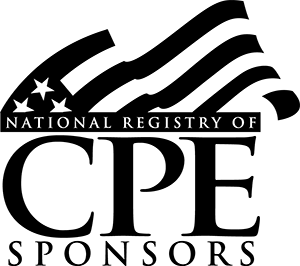Course Library
Forensic Accounting - Steganography Techniques
LearnFormula Inc.The focus of the course is on steganography techniques.
Steganography is the art and science of embedding secret messages in a cover message in such a way that no one, apart from the sender and intended recipient, suspects the existence of the message.
The first use of steganography can be traced to 440 BC when ancient Greece, people wrote messages on wood and covered it with wax, which acted as a covering medium Romans used forms of Invisible Inks, to decipher those hidden messages light or heat were used. During World War II the Germans introduced microdots, which were complete documents, pictures, and plans reduced in size to the size of a dot and were attached to normal paperwork. Null Ciphers were also used to hide unencrypted secret messages in an innocent-looking message. Given the amount of data being generated and transmitted electronically, it’s no surprise that numerous methods of protecting that data have evolved.
There are various types of steganography
Text Steganography - Hiding information inside the text files. This involves changing the format of existing text, changing words in a text, generating random character sequences, or using context-free grammar to generate readable texts.
Image Steganography - Process of hiding text in an image without distorting the picture.
Video Steganography - Technique to hide any kind of files into a cover video file.
Audio Steganography - The secret message is embedded into an audio signal which alters the binary sequence of the corresponding audio file.
Network Steganography - The process of utilizing active network protocols as carriers to transmit a covert message, undetectable by an uninformed party, from a host to its destination.
This session will review these methods and also discuss relevant software.

